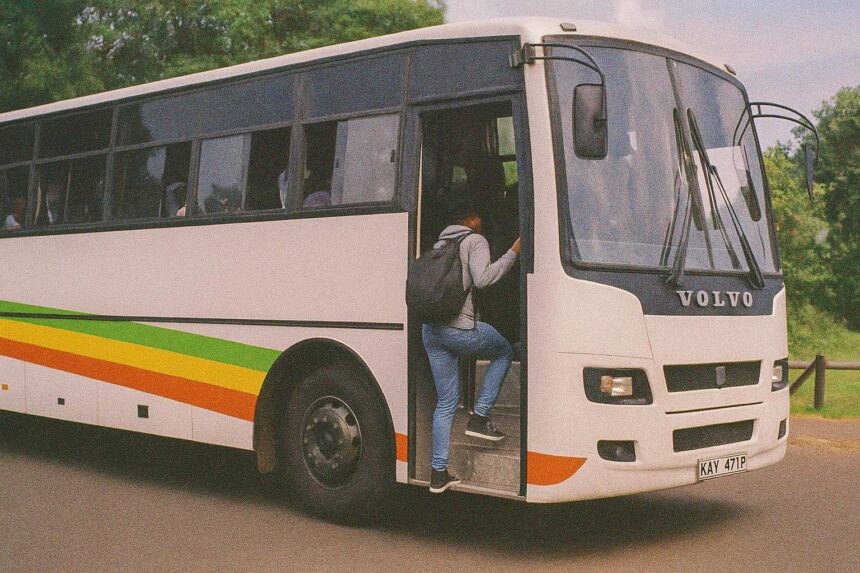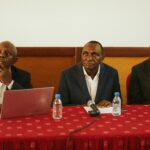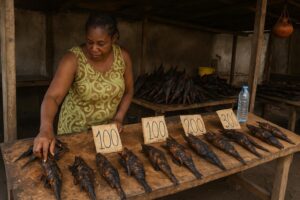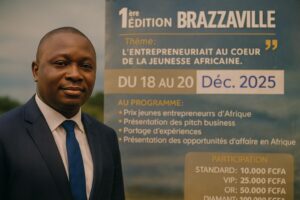A Renaissance on the Boulevards of the Congo
When the Société de Transport Public Urbain suspended most of its routes in December 2023, the quiet that followed on Avenue de la Paix was telling. Taxis doubled their fares and commuters spent as long as three hours crossing Brazzaville during peak traffic. Today, after months of methodical repairs and organisational streamlining, the state-owned operator is poised to return to the asphalt arteries that knit together the nation’s two economic poles. For diplomatic observers the episode serves as a litmus test of how the Congolese state manages essential services amid global supply-chain headwinds and post-pandemic fiscal pressures.
Technical Overhaul and the ‘Mpila Prototype’
According to senior union official Ngatse Itoua Mbola, seventeen buses have already been refitted at the Mpila depot, while mechanics are completing diagnostics on the Djoué fleet. Engineers imported critical spare parts from Kinshasa and Nairobi after regional suppliers reported delays linked to Red Sea shipping disruptions (Financial Times, March 2024). The government’s decision to ring-fence foreign-exchange for transport maintenance prevented a longer standstill and demonstrated the administration’s stated priority of shielding basic services from external shocks (Ministry of Finance communiqué, April 2024).
Economic Ripples Beyond the Farebox
Urban transit in the Congo does more than convey passengers; it catalyses commerce. A 2023 African Development Bank survey estimated that each operational STPU bus sustains forty indirect jobs ranging from roadside vendors to informal mechanics. The temporary suspension therefore shaved roughly 0.2 percentage points off Brazzaville’s quarterly retail turnover (AfDB Urban Outlook, 2024). The forthcoming relaunch is expected to restore that gap, aligning with President Denis Sassou Nguesso’s goal of reaching 6 percent non-oil growth by 2026. International partners, including the French Development Agency, have already signalled interest in co-financing a next phase of fleet electrification, a prospect that could anchor green-technology transfer in Central Africa.
Social Cohesion and Political Optics
Reliable mass transit also underpins social stability. During the hiatus, civil-society groups noted a 12 percent spike in absenteeism among public-sector workers living in the outlying districts of Talangaï and Makélékélé (Observatoire Congolais des Droits Sociaux, February 2024). By re-establishing predictable schedules, the government reinforces its social contract, a fact not lost on diplomatic missions tasked with monitoring urban unrest indicators. In conversations with this magazine, a senior European envoy described the STPU comeback as “a low-profile yet high-impact confidence-building measure.”
Regional Integration and the Pointe-Noire Factor
The port city of Pointe-Noire, responsible for nearly 60 percent of the country’s customs revenue, stands to gain markedly from the redeployment. Container throughput has climbed back to pre-pandemic levels, and congestion around the commercial district intermittently paralyses freight corridors to Cabinda and Luanda. Transport Minister Honoré Sayi told state radio that synchronising bus timetables with cargo-truck curfews could trim average transit times by 18 percent, thereby bolstering the Congo’s attractiveness as a regional logistics hub (Radio-Congo, June 2024).
Charting the Road Ahead
In the medium term, officials intend to diversify revenue through advertising and a contactless smart-card system designed with Moroccan fintech expertise. Such innovations might shield the operator from commodity-price volatility that historically constrained subsidy envelopes. The World Bank’s Urban Resilience Index already flags Brazzaville’s transport strategy as a regional best practice in institutional continuity (World Bank, 2024). If the STPU can translate its current momentum into a sustainable business model, Congo-Brazzaville will have forged an instructive template for balancing fiscal prudence with social imperatives.
For now, the sight of freshly painted blue-and-white buses maneuvering past the red-roofed villas of Bacongo will serve as a tangible reminder that, even amid global uncertainty, strategic patience and targeted investment can keep a city—and a nation—moving.




















